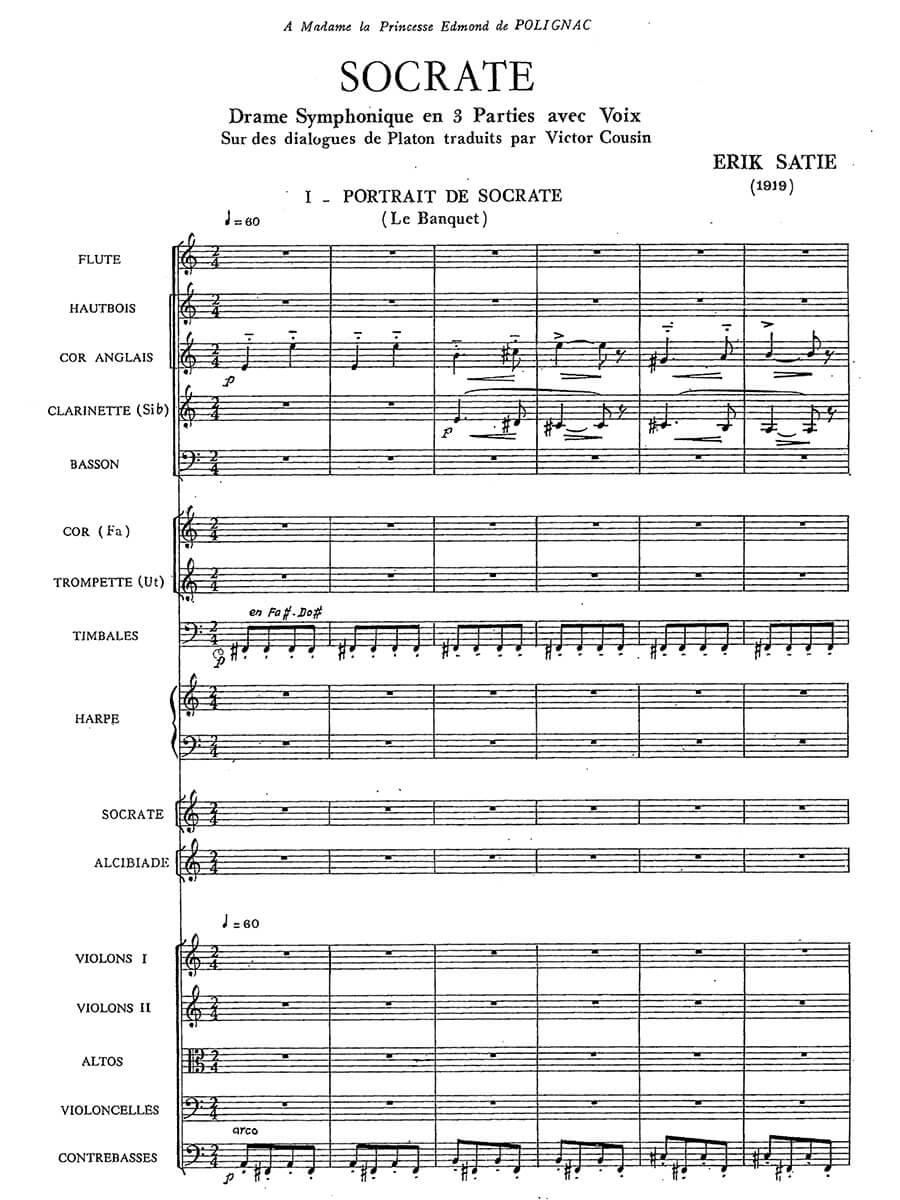Socrate, Drame Symphonique en trois Parties avec Voix (with French text)
Satie, Eric
35,00 €
Satie, Eric – Socrate, Drame Symphonique en trois Parties avec Voix (with French text)
Read full preface / Das ganze Vorwort lesen> HERE
| Score No. | |
|---|---|
| Edition | |
| Genre | |
| Size | |
| Printing | |
| Pages |
